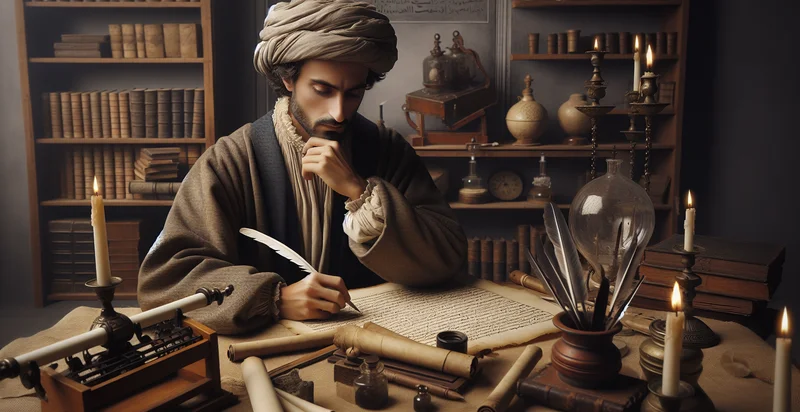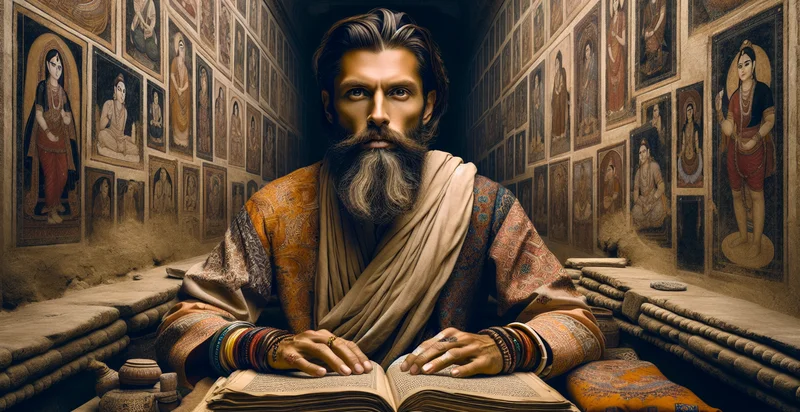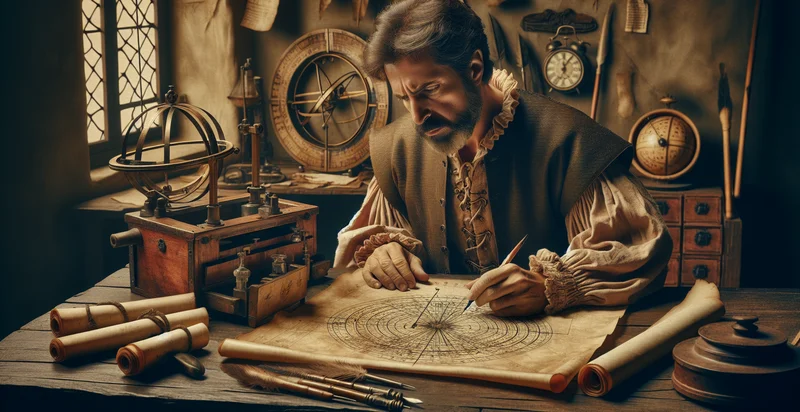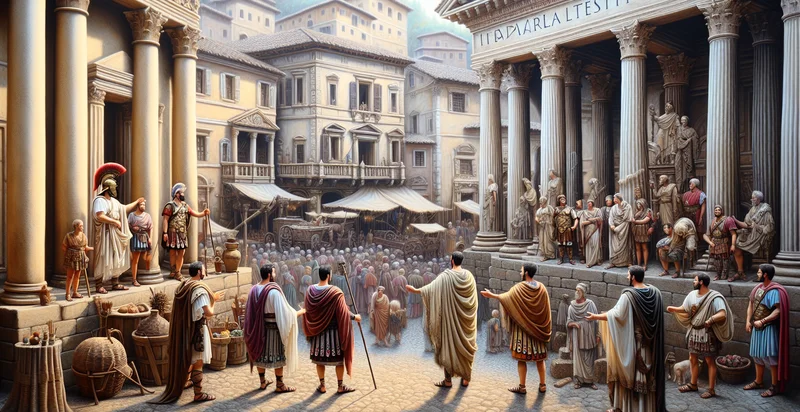Identify enlightenment thinker by picture
using AI
Below is a free classifier to identify enlightenment thinker by picture. Just upload your image, and our AI will predict who the enlightenment thinker is - in just seconds.

Contact us for API access
Or, use Nyckel to build highly-accurate custom classifiers in just minutes. No PhD required.
Get started
import nyckel
credentials = nyckel.Credentials("YOUR_CLIENT_ID", "YOUR_CLIENT_SECRET")
nyckel.invoke("enlightenment-thinker-by-picture", "your_image_url", credentials)
fetch('https://www.nyckel.com/v1/functions/enlightenment-thinker-by-picture/invoke', {
method: 'POST',
headers: {
'Authorization': 'Bearer ' + 'YOUR_BEARER_TOKEN',
'Content-Type': 'application/json',
},
body: JSON.stringify(
{"data": "your_image_url"}
)
})
.then(response => response.json())
.then(data => console.log(data));
curl -X POST \
-H "Content-Type: application/json" \
-H "Authorization: Bearer YOUR_BEARER_TOKEN" \
-d '{"data": "your_image_url"}' \
https://www.nyckel.com/v1/functions/enlightenment-thinker-by-picture/invoke
How this classifier works
To start, upload your image. Our AI tool will then predict who the enlightenment thinker is.
This pretrained image model uses a Nyckel-created dataset and has 24 labels, including Aquinas, Aristotle, Berkeley, Diderot, Fichte, Hartley, Hegel, Herbert, Hobbes and Hume.
We'll also show a confidence score (the higher the number, the more confident the AI model is around who the enlightenment thinker is).
Whether you're just curious or building enlightenment thinker by picture detection into your application, we hope our classifier proves helpful.
Related Classifiers
Need to identify enlightenment thinker by picture at scale?
Get API or Zapier access to this classifier for free. It's perfect for:
- Historical Educational Tools: This function can be employed in educational software that aims to teach history or philosophy by identifying thinkers from the Enlightenment period through their imagery. Students can upload images for analysis, thus enabling a deeper understanding of these influential figures and their ideas.
- Museum Interactive Displays: Museums can utilize this image classification function to create interactive displays that engage visitors with the Enlightenment era. By identifying figures in paintings or sculptures, visitors can receive instant information about the individual's contributions and relevance to modern thought.
- Content Curation for Digital Libraries: Libraries and archives can implement this function to categorize and tag images of Enlightenment thinkers within their digital collections. This would enhance searchability and provide researchers and scholars with targeted resources efficiently, improving the user experience.
- Social Media Historical Content: Social media platforms or accounts dedicated to education and history can integrate this false image classification to automate content sharing. Users can submit historical images, and they can receive automatic posts or information about the Enlightenment thinkers depicted, fostering user engagement.
- Gamification of Philosophy Learning: Educational games that focus on philosophical concepts can use this function to incorporate challenges related to identifying images of Enlightenment thinkers. Players could be quizzed or rewarded for correctly identifying figures, making learning fun and interactive.
- Art and Historical Research: Researchers in art history can leverage this function to analyze and categorize artworks depicting Enlightenment thinkers. By accurately identifying these figures, it can facilitate the study of their portrayal and significance in various artistic movements.
- Personal Digital Archives: Individuals creating personal archives of Enlightenment literature and figures can use this image classification to organize their collections. By uploading images of thinkers, users can catalog and annotate their collections, enriching their personal study of these influential figures.


